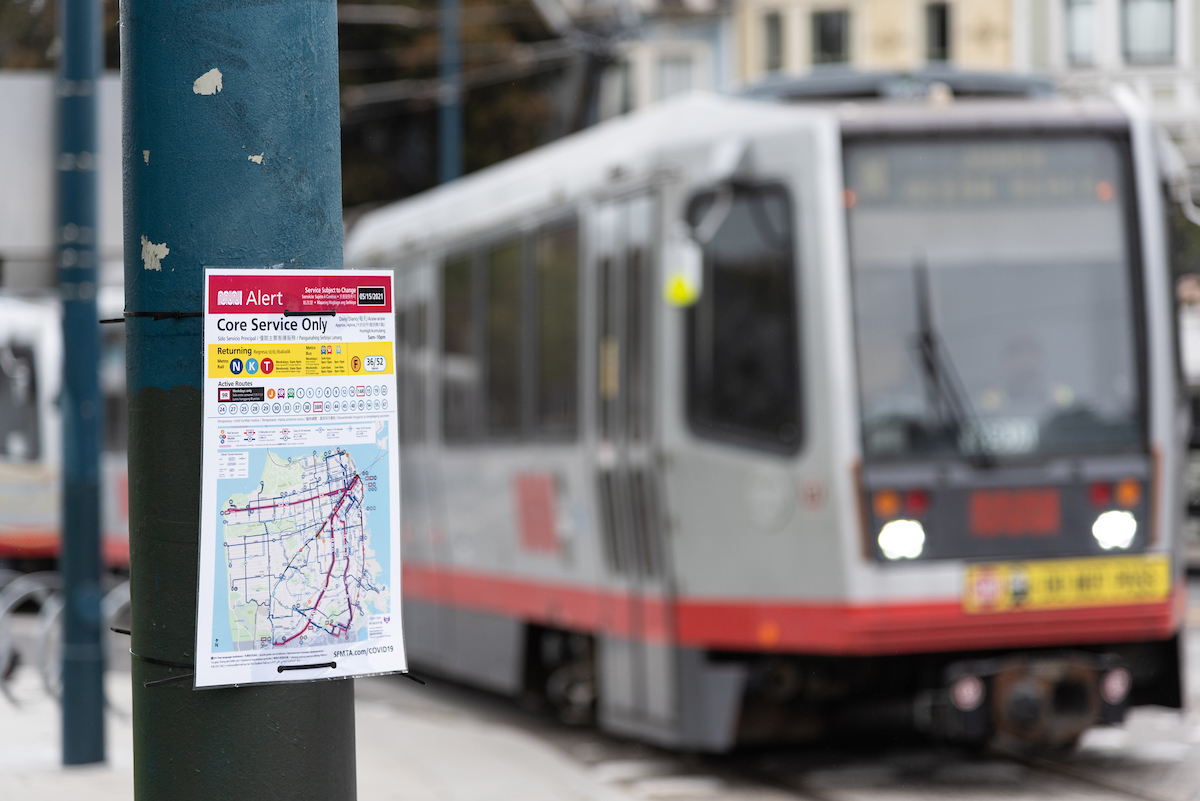_Look effortlessly handsome by pairing this Stylish T-Shirts. Look fashionable!_ Catalog Name: *
Behind the Scenes: Making Muni Service Changes
- लिंक पाएं
- X
- ईमेल
- दूसरे ऐप
By Sean Kennedy

Have you ever wondered what it takes to modify or add Muni service? Customers often ask if we can bring back or make changes to their routes. Making Muni service changes usually takes many steps over several months. In a typical year, the SFMTA conducts three major service changes: in spring, late summer and winter. Each of these requires months of work and many different SFMTA teams to get implemented.
The COVID-19 pandemic has been anything but typical, and we adapted our service change process to quickly prioritize public health guidance, support essential travel and steadily bringing back routes for communities who depend on transit the most. By August 2021, SFMTA staff will have implemented 12 service changes in 18 months --up to five times faster than usual! With each change, we worked to bring back Muni better. The speed and operational dynamics required to deliver a service change process that typically takes months in a matter of weeks has meant temporarily adjusting how we make service changes. This pace has meant a significantly reduced ability to do pre-implementation public outreach.
We’ve launched a web page that explains the process in detail, before and during COVID. There you can learn about the steps involved in each phase of a typical Muni service change, and how COVID-19 Muni Core Service changes have been different.
Non-COVID Service Change Process
Historically, the process for making service changes consists of the following phases and takes about six months or more:
- Developing a service change plan
- Vetting the service change plan
- Legislating the service change plan
- Scheduling operator shifts
- Union approval of the operator shifts
- Operator sign-ups for shifts
- Implementation, when the changes go into effect
COVID-19 Muni Core Service Plan Changes
Once the COVID-19 pandemic hit, demands for Muni service and resource constraints changed quickly. The service change process was compressed to speed up the restoration of service, with significant cuts to steps in almost every phase.
Learn more about what changed and how the dedicated SFMTA Transit Planning team have worked to prioritize service restoration.
Looking Ahead
As of January 2021, 100% of neighborhoods identified by SFMTA’s Muni Service Equity Strategy are within two to three blocks of a Muni stop. By August 2021, in time for school to restart, 98% of all San Franciscans will have Muni access within two to three blocks of their home or work.
Published June 18, 2021 at 08:58PM
https://ift.tt/3zF6Sc3
टिप्पणियाँ
एक टिप्पणी भेजें
I provided by online earnings tips, offers, business and information